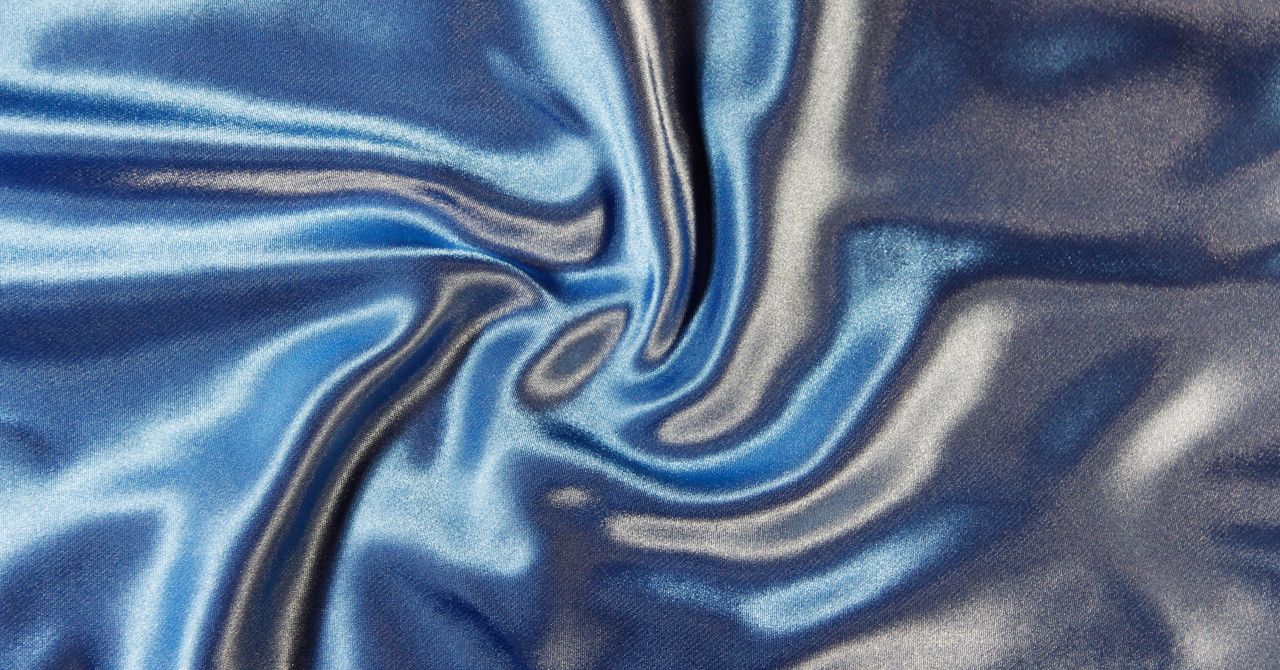Topline
After a week of intense Northern Lights and a rare ground level event across North America, skywatchers will be on the lookout for rapid “shooting stars” this weekend as the Leonid meteor shower peaks. It’s expected to offer one of its best shows in years in 2025, with peak activity overnight from Sunday, Nov. 16, into Monday morning, Nov. 17, but with meteors visible all week after dark. There’s even a chance of Northern Lights in Canada and in U.S. states close to the border.
The Leonid meteor shower will peak this weekend and could bring up to 15 “shooting stars” per hour to the night sky — with a chance of Northern Lights in some states. (Photo by Matthias Balk/picture alliance via Getty Images)
dpa/picture alliance via Getty Images
Key Facts
Each November, Earth busts through a trail of debris left behind in the inner solar system by comet 55P/Tempel-Tuttle, giving rise to one of the year’s most famous meteor showers — the Leonids.
The Leonids are active from Nov. 6 through Nov. 30, according to the American Meteor Society, but the peak is what most skywatchers aim for. That will strike in the early hours of Monday, Nov. 17, as the radiant constellation, Leo, climbs highest into the eastern sky between 2 a.m. and dawn, when around 15 meteors per hour are expected.
Thanks to an 8%-lit waning crescent moon setting early on Monday, the night sky will be exceptionally dark during the shower’s peak hours, making for nearly perfect meteor-watching conditions if skies are clear.
NOAA has forecast a G1 geomagnetic storm for late on Sunday and/or early on Monday, making it possible that aurora will be seen in northern skies from northern U.S. states.
What Causes The Leonid Meteor Shower?
Meteor showers occur when Earth passes through clouds of dust and debris left behind by comets. In the case of the Leonids, that comet is 55P/Tempel-Tuttle — a periodic comet that orbits the sun every 33 years. As the planet moves through these ancient trails of particles, the bits of rock and dust burn up in Earth’s atmosphere, producing brilliant streaks of light. When comet Tempel-Tuttle next nears the sun in 2032-2033, Earth may move through larger debris fields, causing “meteor storms.”
Leonid meteors are among the fastest of any shower, entering the atmosphere at speeds around 44 miles (70 kilometers) per second. Their rapid velocity often produces particularly bright meteors, some of which may leave persistent trails known as “fireballs.”








